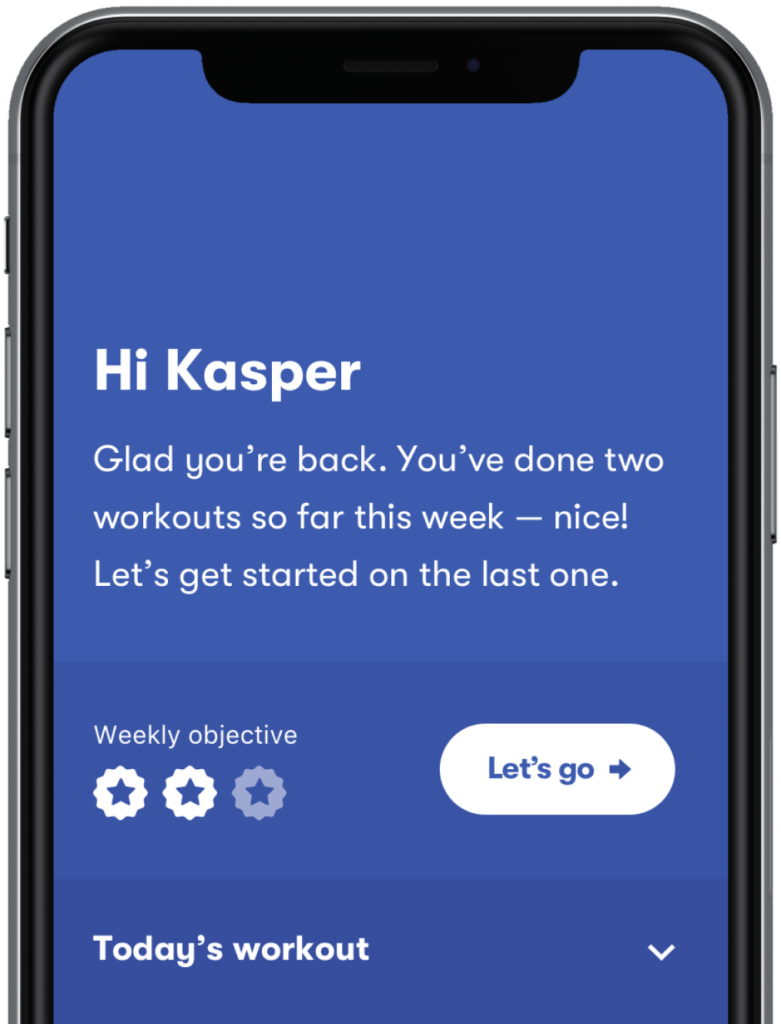Content:
Symptoms of a swollen knee
Causes of swollen knees
Pain relief
Exercise
Recovery time
Complications
When to Contact a Doctor
Summary
Swollen and sore knees are very common. Both young and older people, active and non-active will very likely experience pain and swelling in the knee at some point in their lives. Often it’s hard to point to a specific explanation for the pain.
The knee joint is prone to injuries and swelling because it is one of the great weight bearers of the body. It absorbs shocks when you walk, run and jump. At the same time, the knee joint is not as stable as your hips and ankles. Therefore, strong muscles and ligaments play an important role in stabilising and securing balance.
The knee joint is where three large bones meet – the thigh bone (femur) and the two bones in your lower leg (the tibia and the fibula). The joint also consists of the kneecap, cartilage, joint linings, meniscus, ligaments and several bursae. Injury, overuse and disease can affect all these parts and lead to swollen knees.
In this guide, we tell you all you need to know about the causes, symptoms, and best ways to treat your swollen knee.
Looking for a solution to your swollen knee? Try the Injurymap exercise app now.
Symptoms of a swollen knee
The feeling of “water in the knee” is called knee effusion. It often occurs if the knee is injured or overused. It can also be caused by certain diseases, such as arthritis, bursitis or gout.
If your knee is swollen (effused) you may find it difficult or painful to completely bend or stretch it. It may also be uncomfortable or painful to put your weight on it. Sometimes the swelling reduces partially after some walking around, sometimes the pain gets worse during the day.
Recovery time
Swelling in the knee joint may last for several days. If the swelling does not go down within about a week, or the pain and/or swelling becomes worse, you should see your doctor about it.
Complications
Applying weight on an already strained or injured joint can be painful and seem counteractive. It is important, though, to not give up daily routines and activities. Inactivity can lead to one of the most common complications of swollen knees: muscle loss.
The knee is dependent on strong muscles and ligament to stabilise and balance the body during activities such as walking, running, and jumping. Strong muscles often prevent injuries and pain in the future, as they absorb shock as well as supporting the joint.
When to Contact a Doctor
If the swelling and pain in your knee does not subside by itself within about a week or two it may be a good idea to have your doctor take a look at it. Besides finding the cause of the swelling, your doctor can also help you manage the pain.
You should also contact your doctor, if:
- Your knee is very painful or has changed shape
- You can’t put any weight on your knee or it gives way when you try to walk
- The knee joint completely locks or makes painful clicks
- You have a fever, shivers and the knee is red.
Summary
If your knee is swollen and sore, you’re not alone. Most people will experience “water in the knee” and knee pain at some point in their lives.
It is important to find out what causes the swelling. The correct treatment of the underlying cause is the best way to prevent swelling and pain in the future.
The most common causes are injury, overuse, arthritis, infection and inflammation.
Rest is important, especially if the cause of the swelling is overuse. But exercise is even more important, as the increased blood circulation often helps heal the swelling. Furthermore, strong muscles prevent future pain and injuries.
The Injurymap app demonstrates a range of exercises that can help you treat and prevent swollen knees. The exercises can be done from the comfort of your own home with little to no equipment needed. . Download the app today and get back to living your life with a pain-free knee.
Begin your 14-day free trial of the Injurymap app today!


